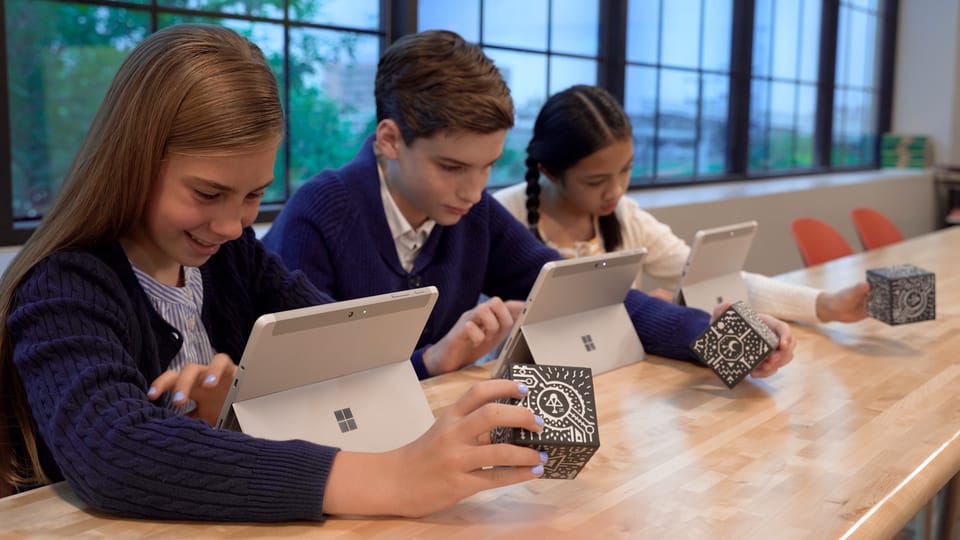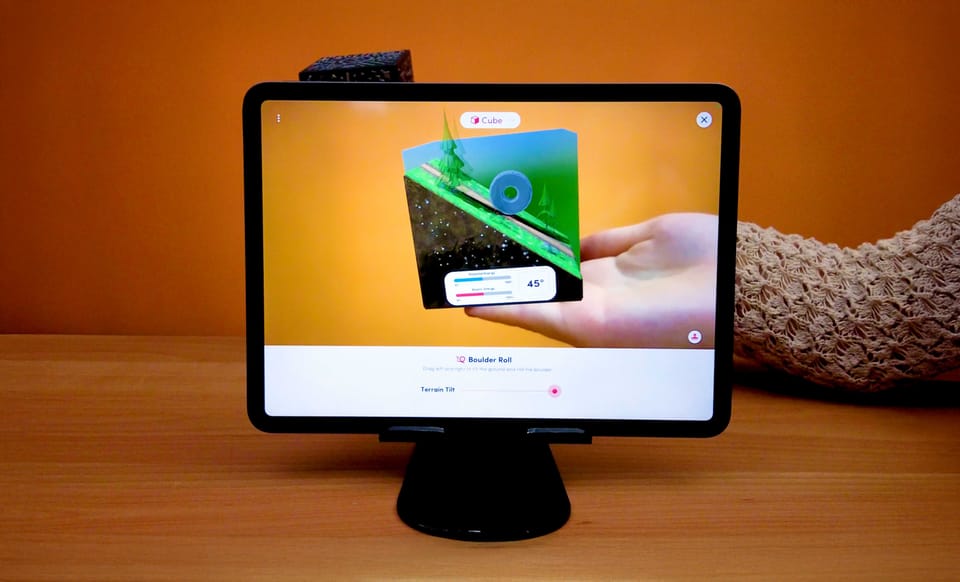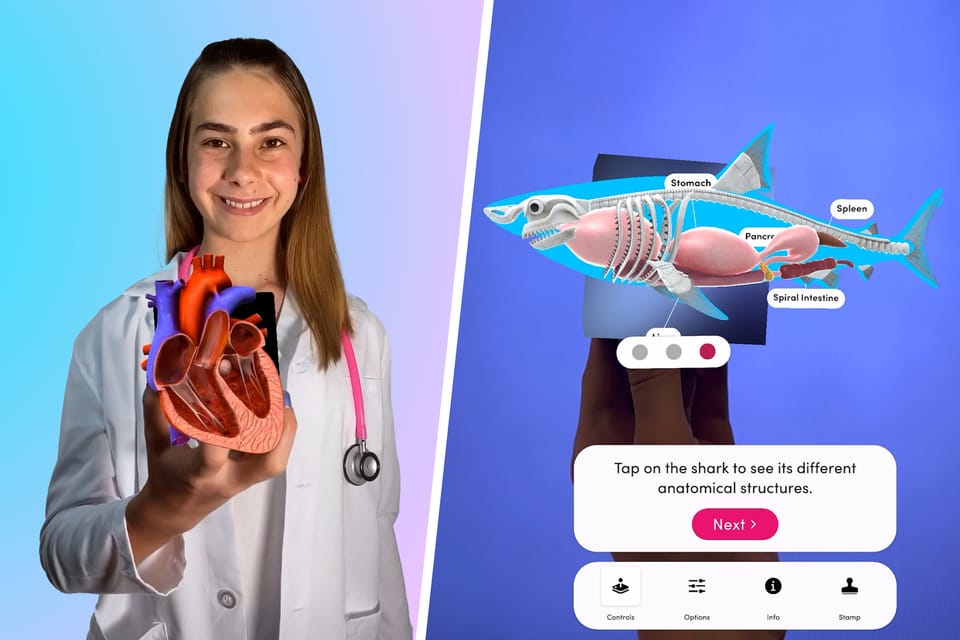World Sea Turtle Day with Merge EDU
By letting students see and explore turtles in 3D, Merge EDU helps make their importance feel tangible—and their protection more urgent.
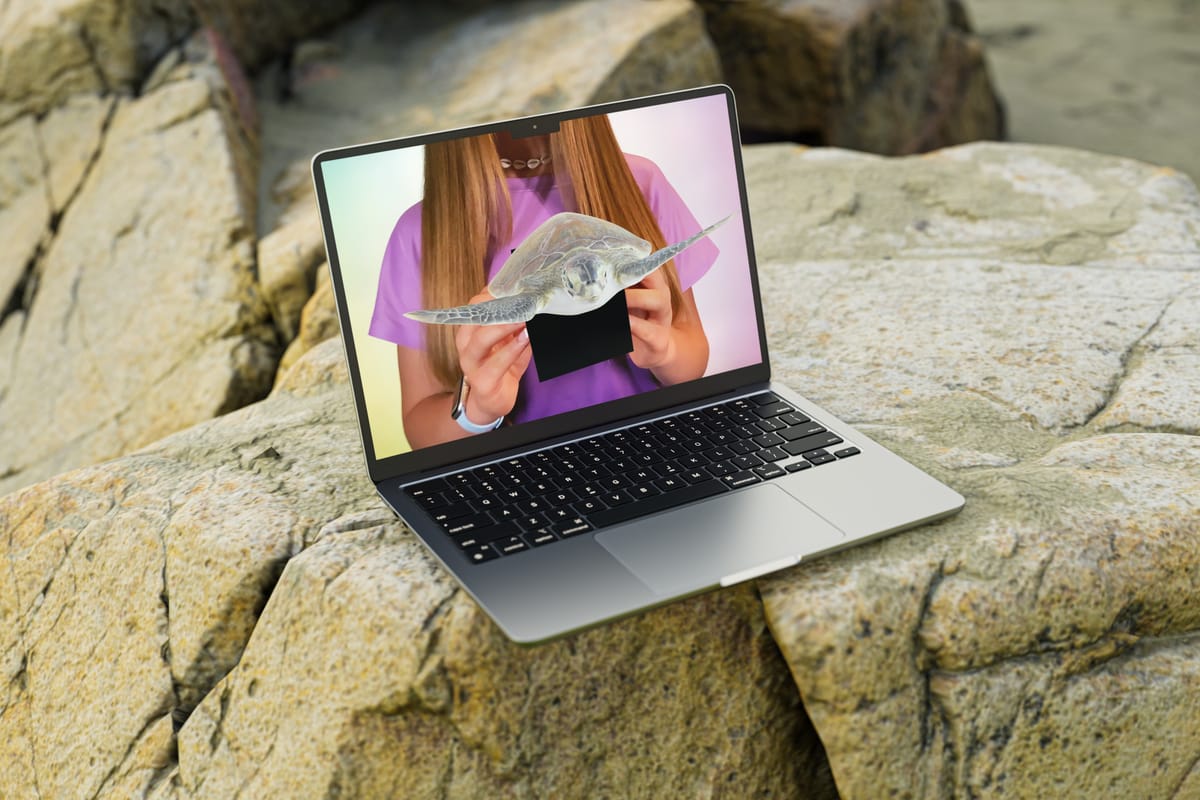
Every year on June 16th, we celebrate World Sea Turtle Day—a time to honor one of Earth’s oldest and most majestic creatures. Sea turtles have roamed our oceans for over 100 million years, surviving mass extinctions and shaping marine ecosystems with quiet resilience.
🐚 A Hands-On Connection to Marine Life
With Merge EDU, learners don’t just read about sea turtles—they can hold them in their hands and place them in the room around them. Using detailed 3D models in Merge EDU, students can examine a sea turtle up close, study its unique shell pattern, and observe a sea turtle fossil, a turtle egg, and a kelp forest, which is a major food source for Green Sea Turtles.
With the Merge Object Viewer app, students can hold a:

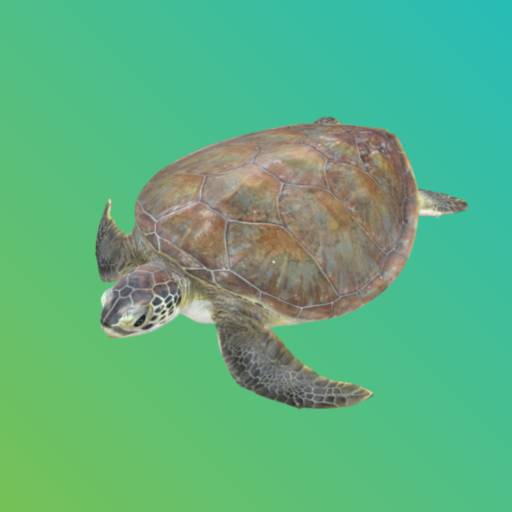
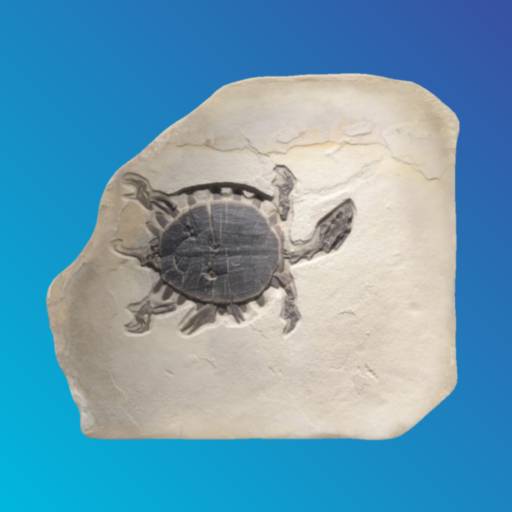
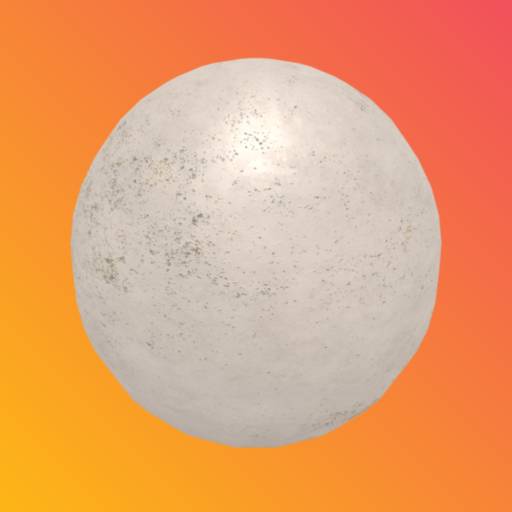

These hands-on experiences can deepen understanding and spark empathy—critical elements in any conservation story.
🌎 A Keystone Species
Sea turtles are a keystone species that help maintain healthy seagrass beds and coral reefs, which in turn support countless other marine creatures. Yet today, all sea turtle species face threats from pollution and habitat destruction.
By letting students see and explore turtles in 3D, Merge EDU helps make their importance feel tangible—and their protection more urgent.
🐢 Hold a sea turtle. Hold a future worth saving.
👉 Start exploring at trymerge.com and get a Merge Paper Cube at mergeedu.com/paper.






